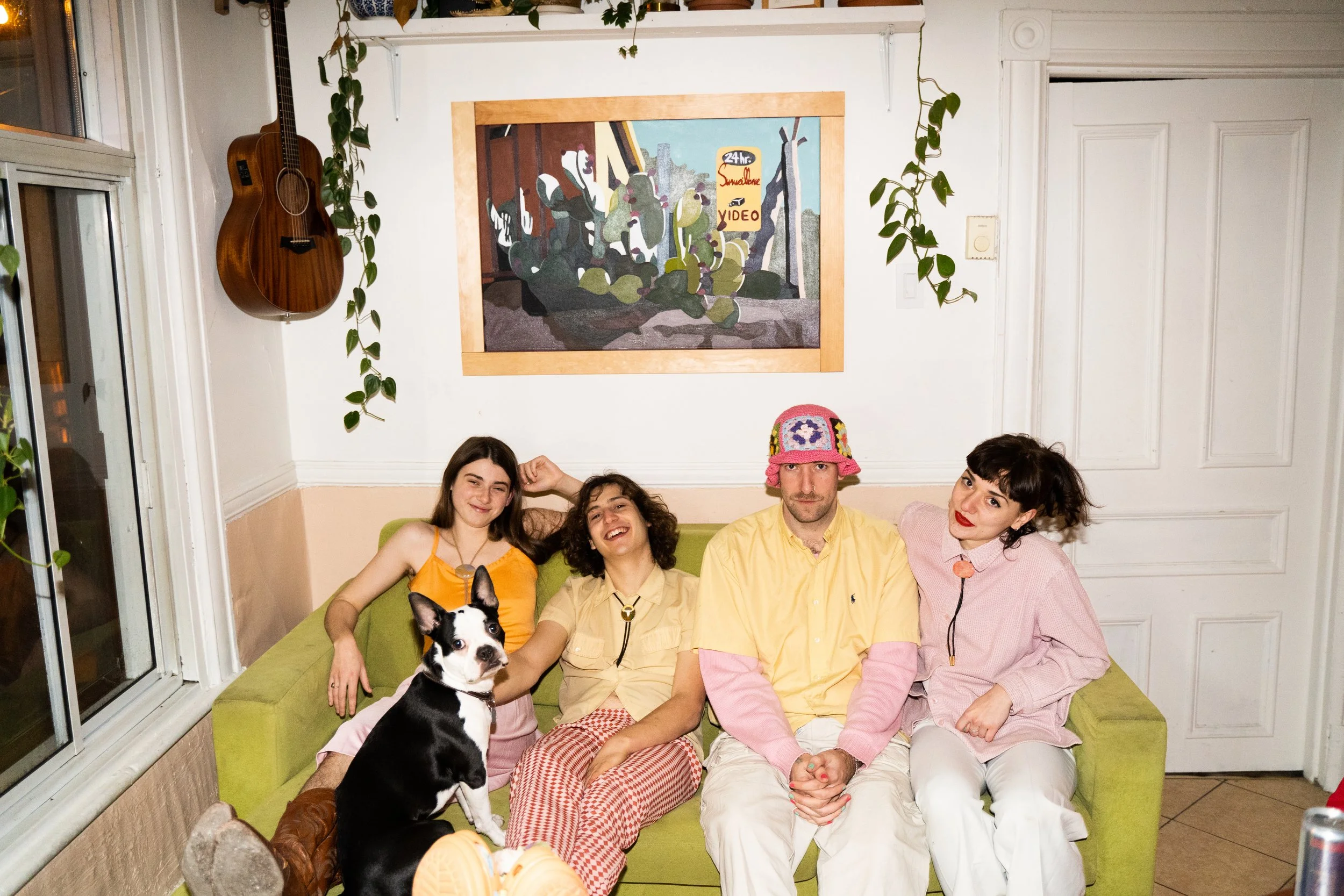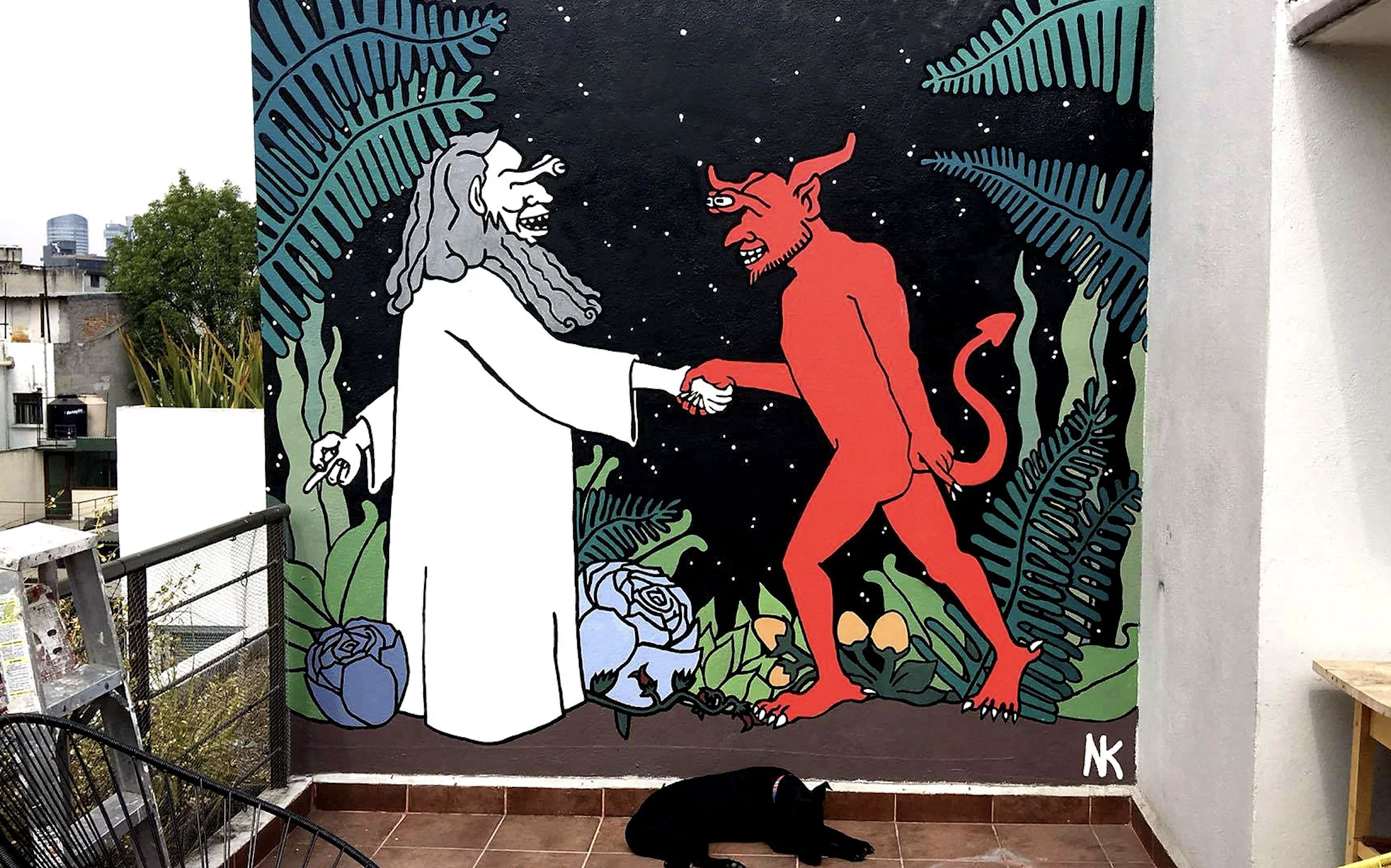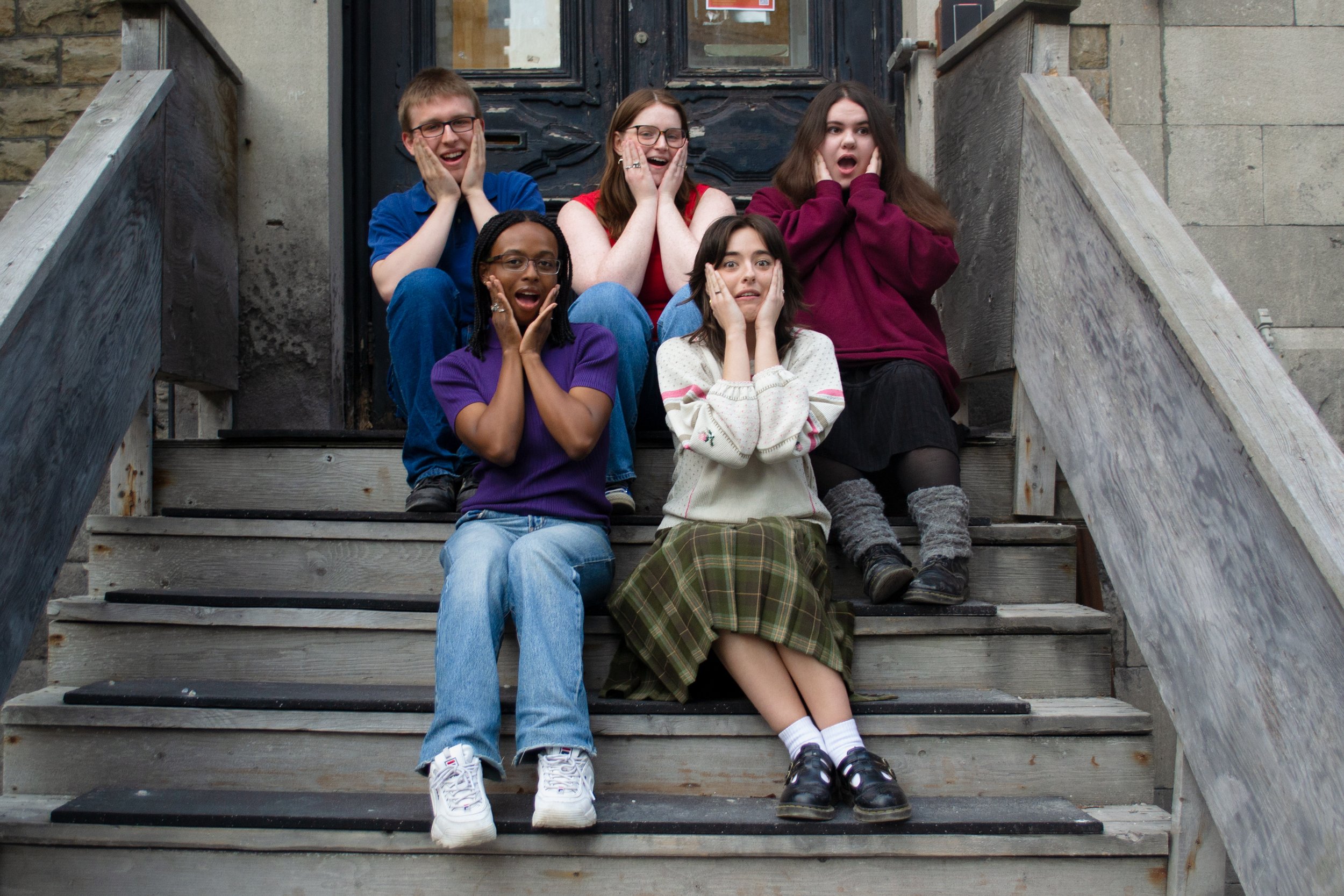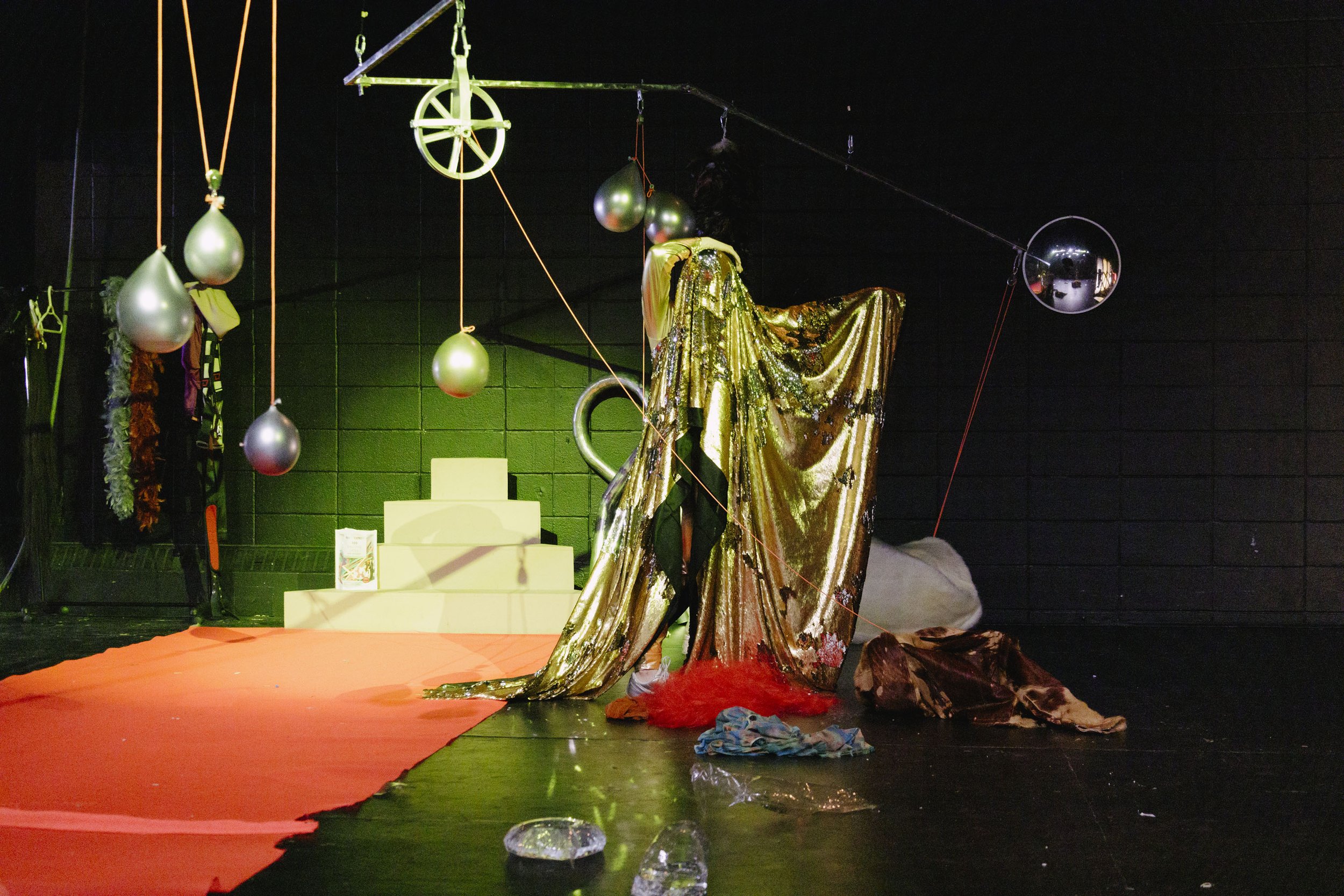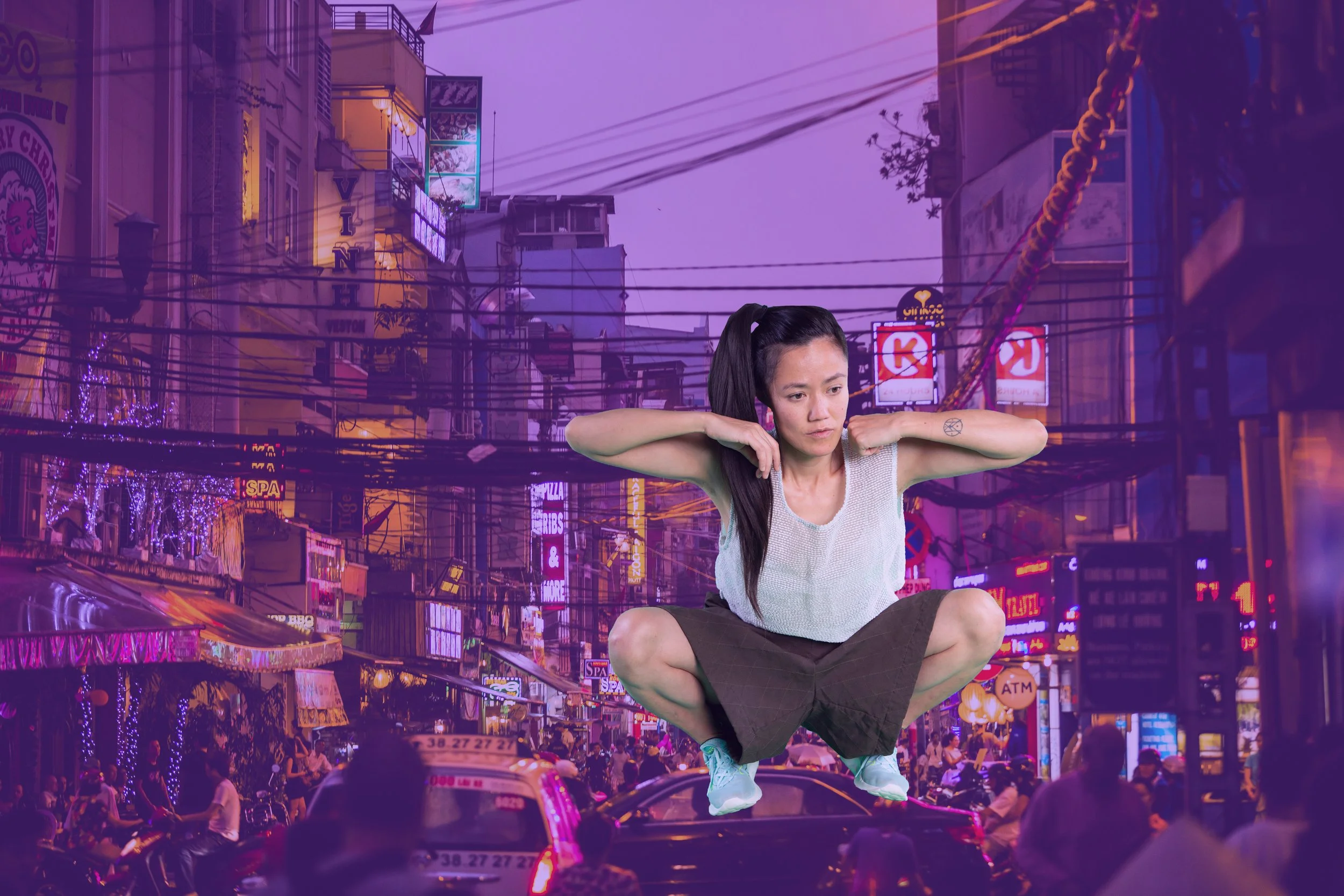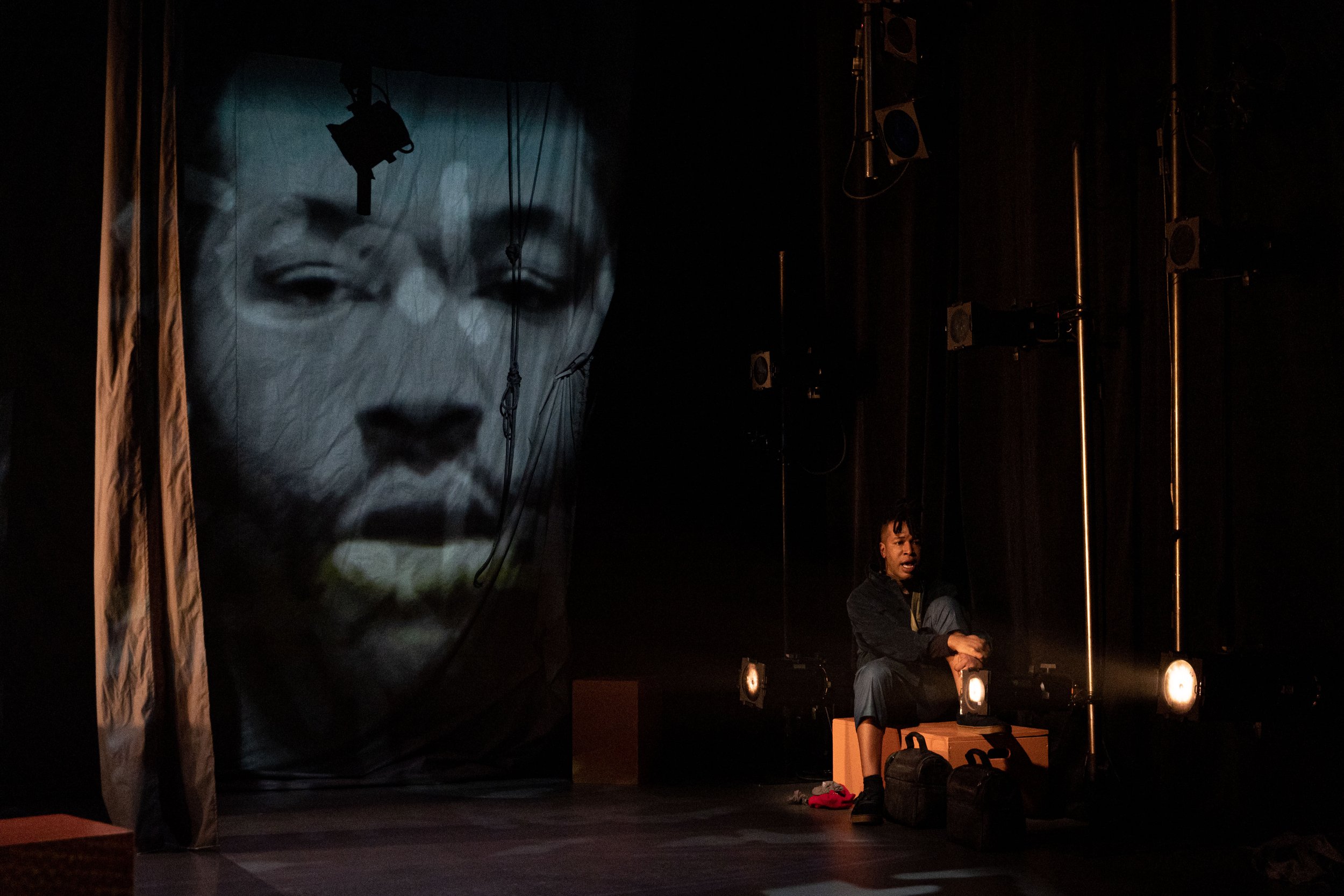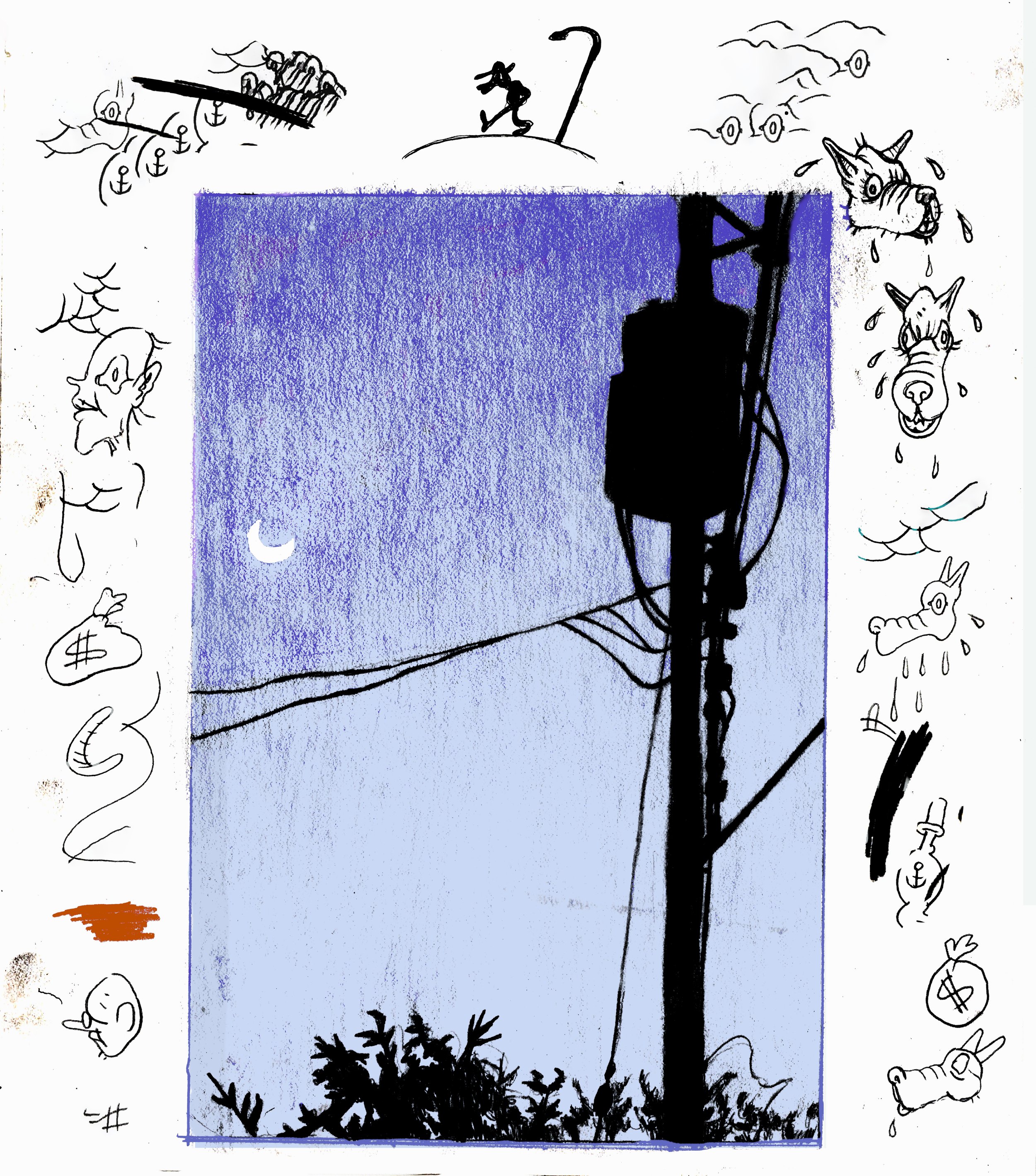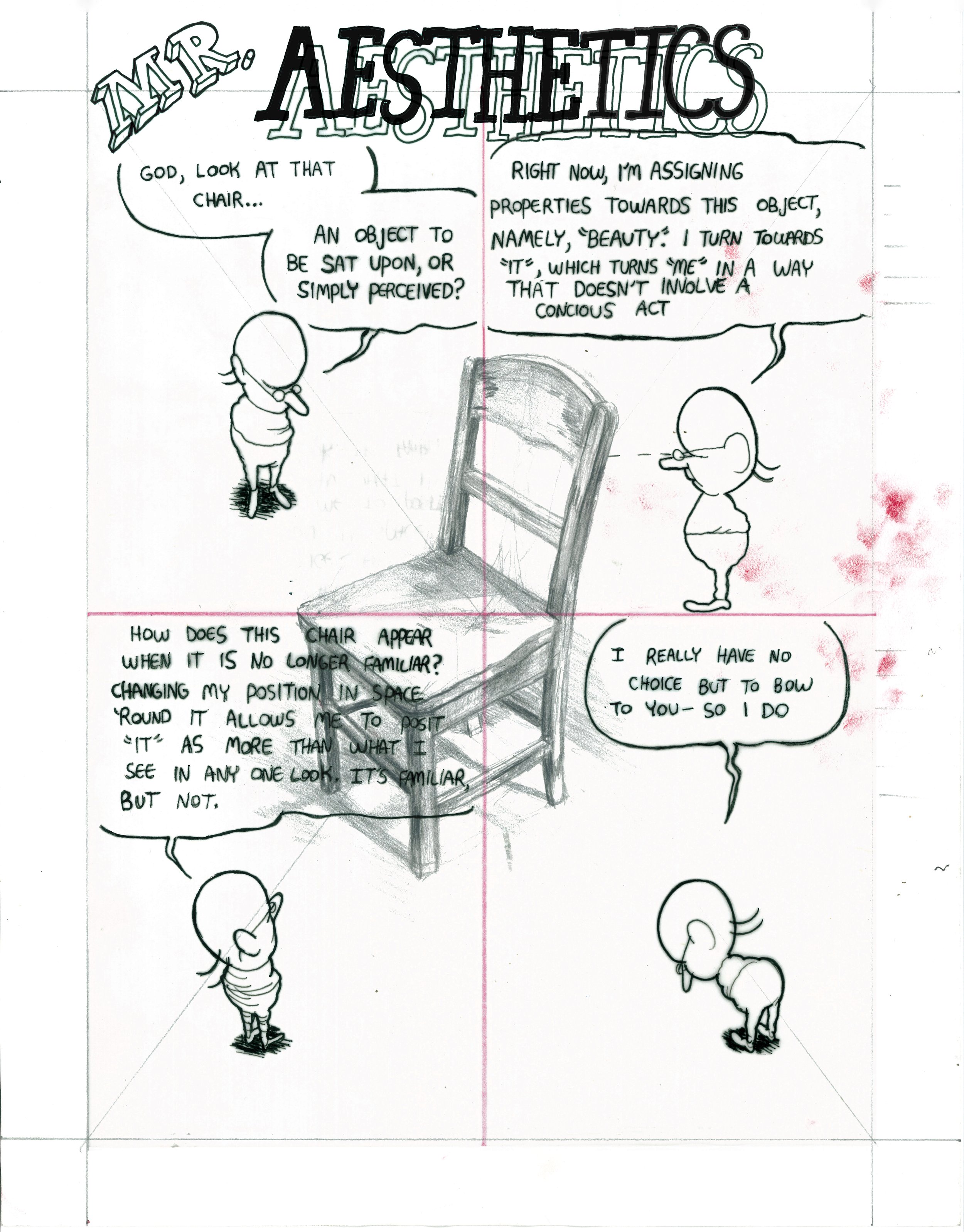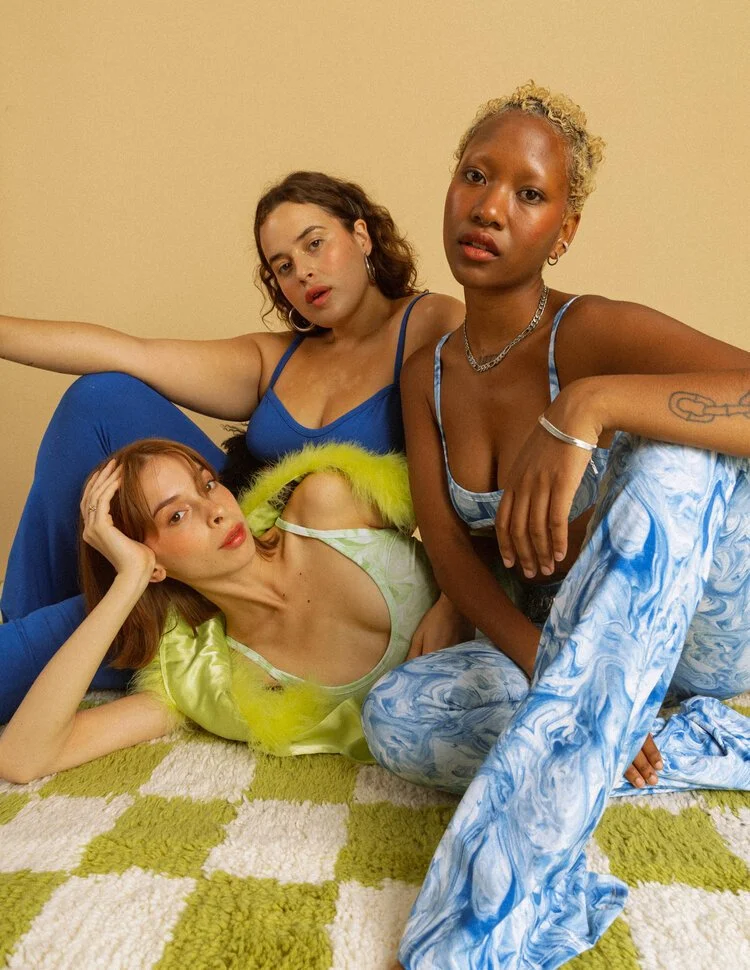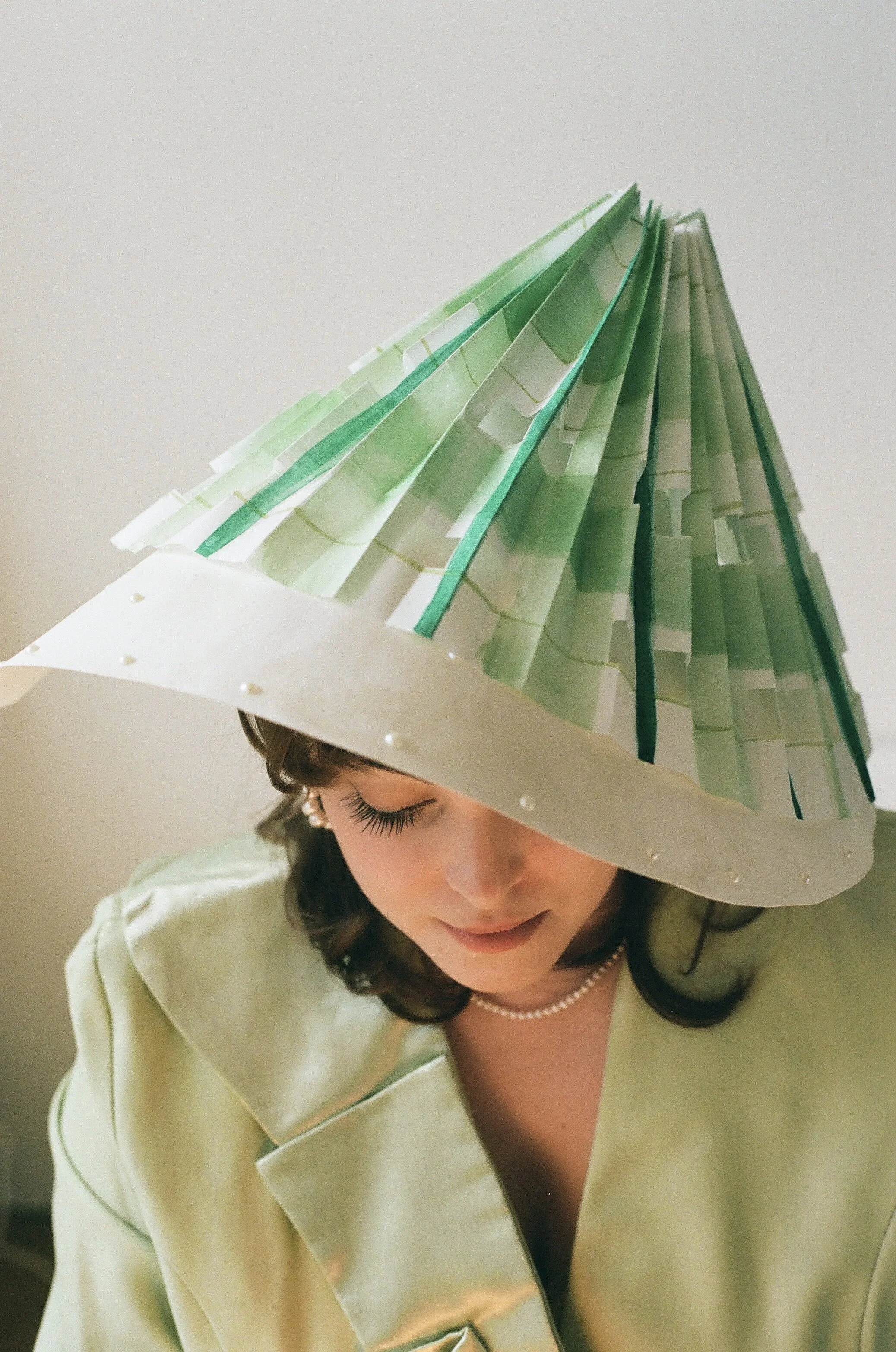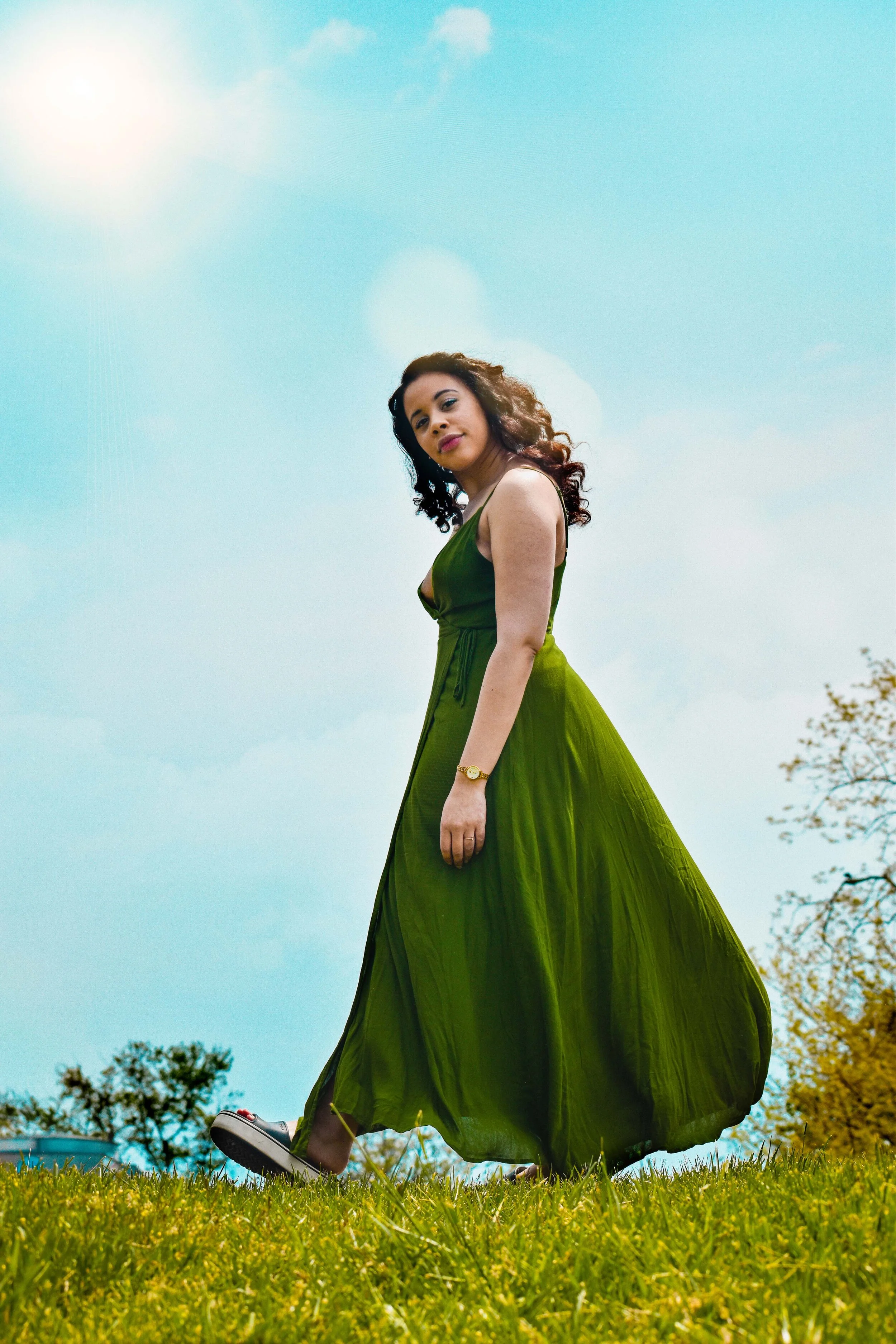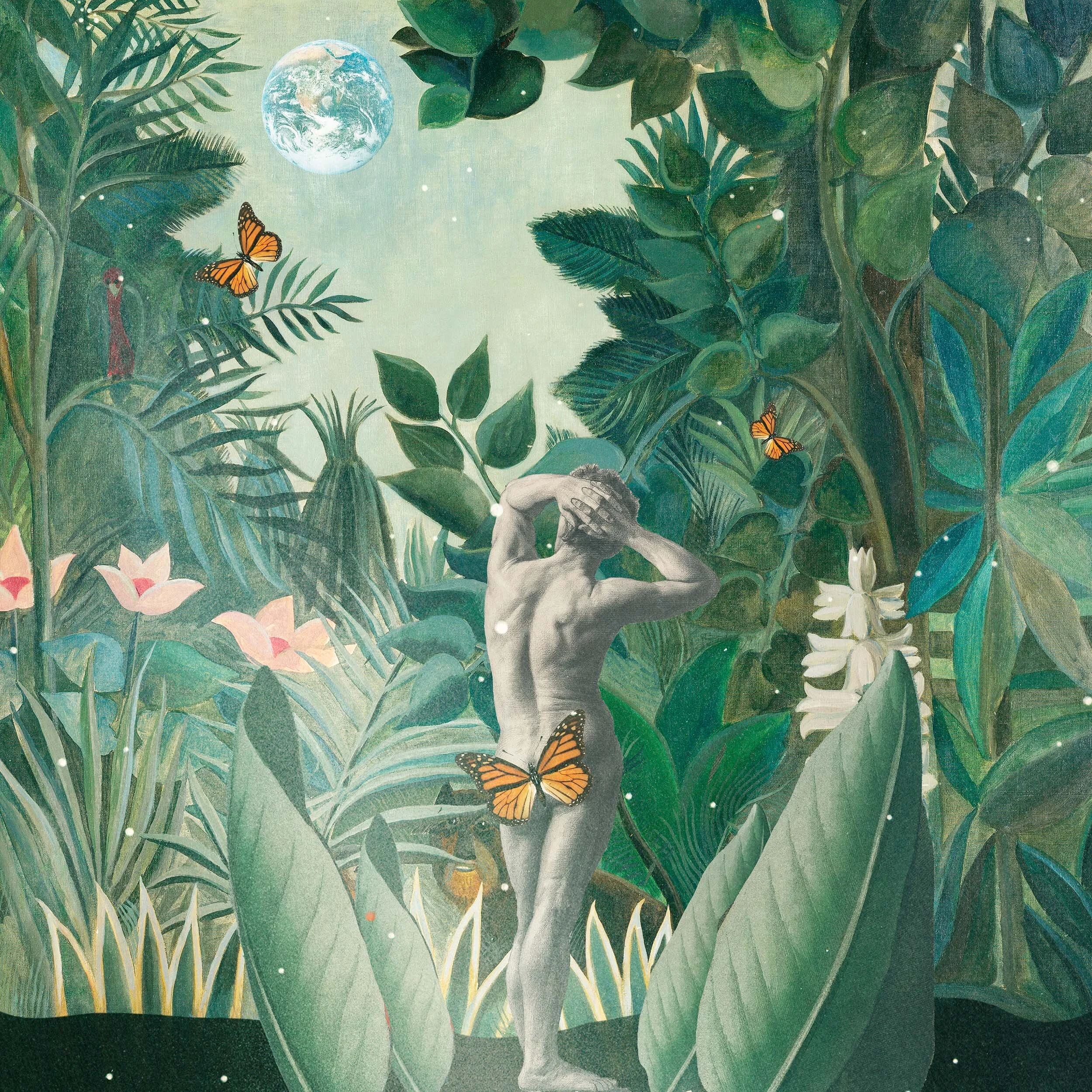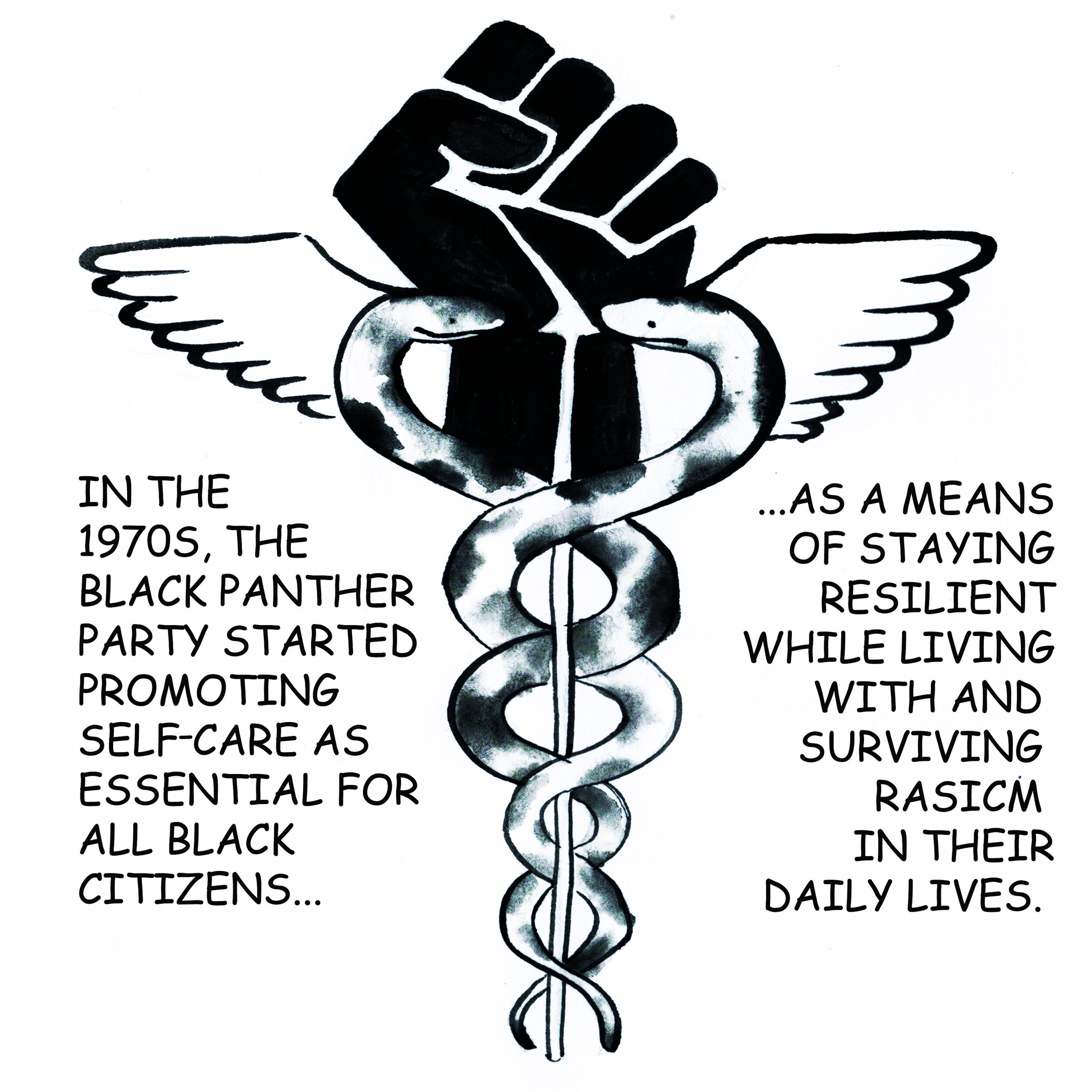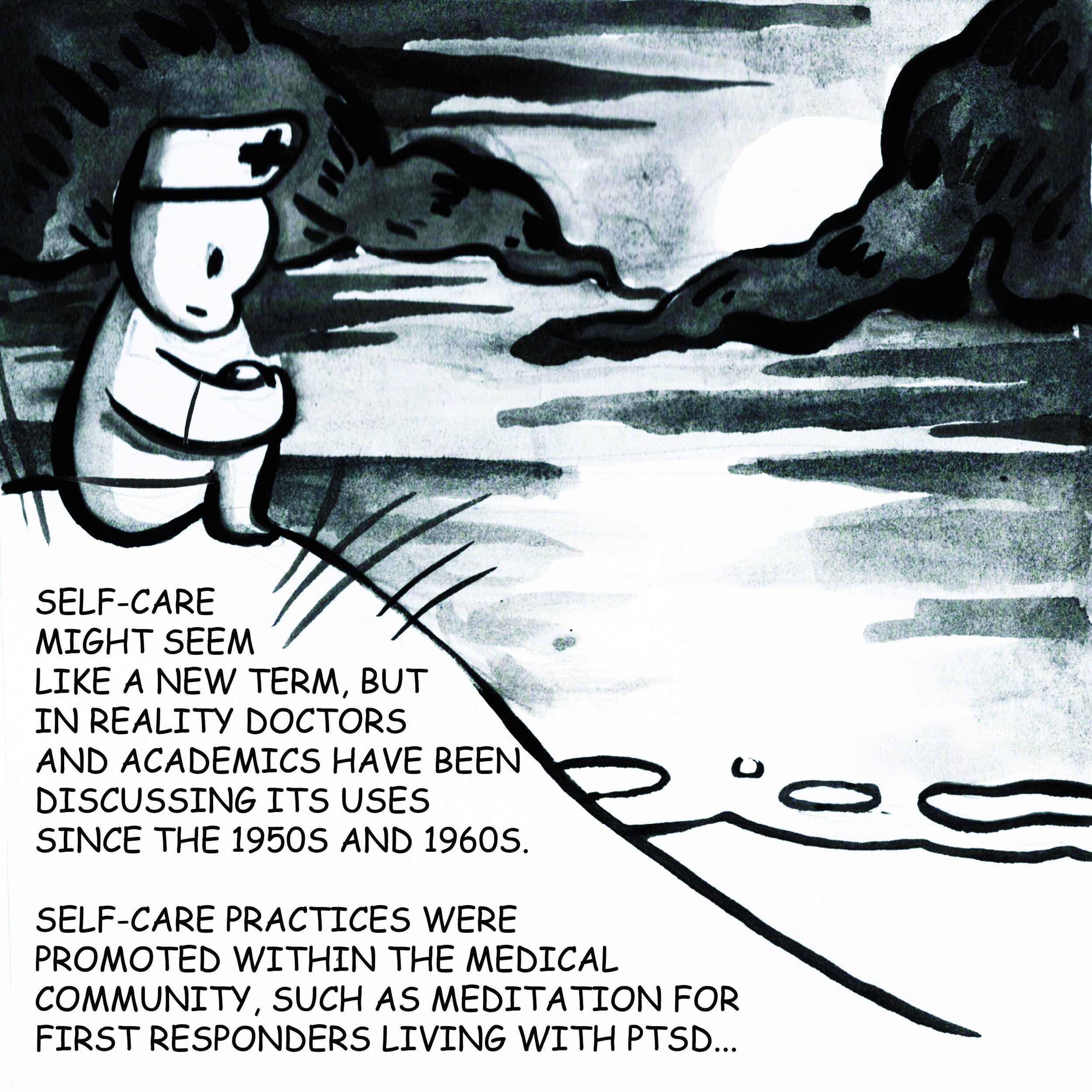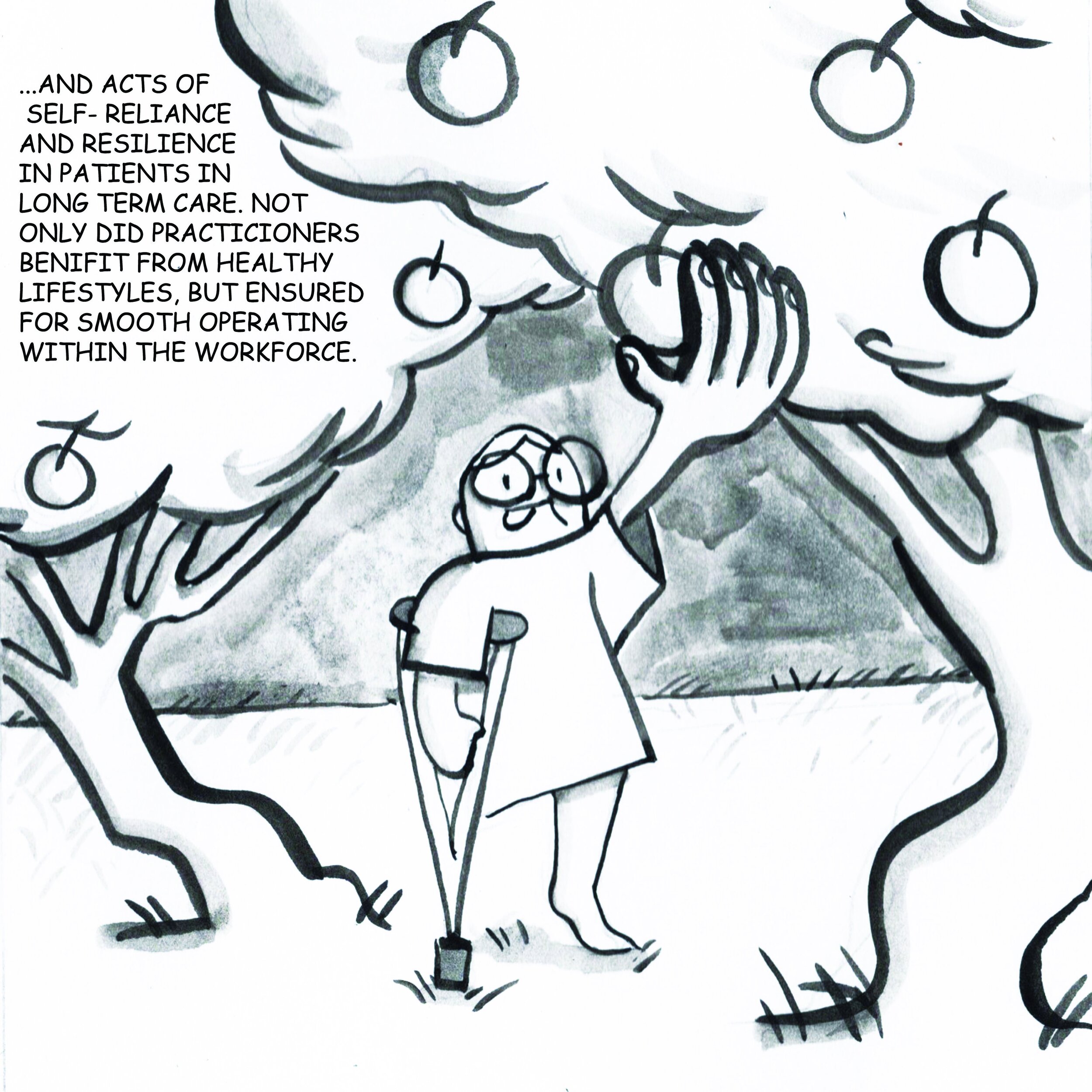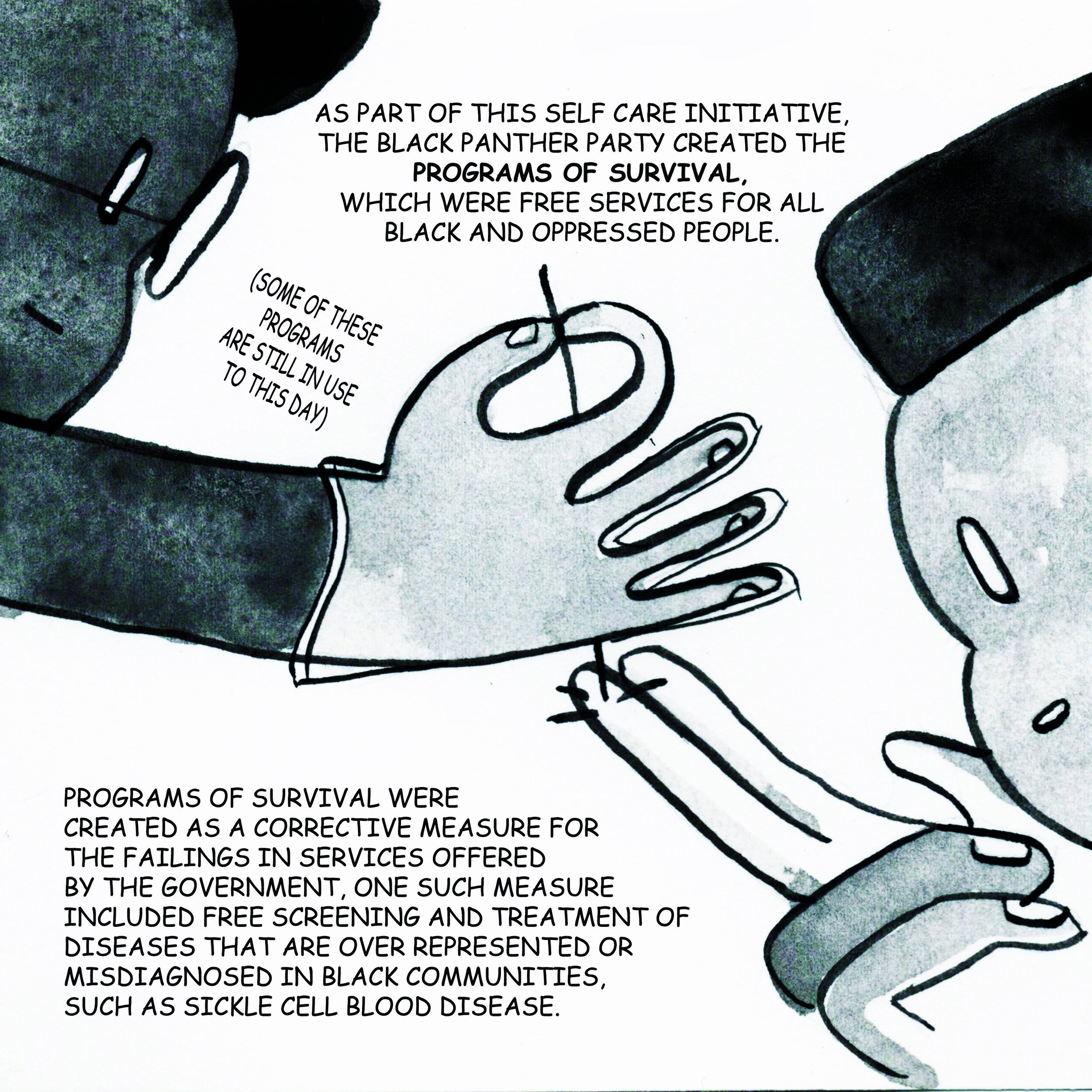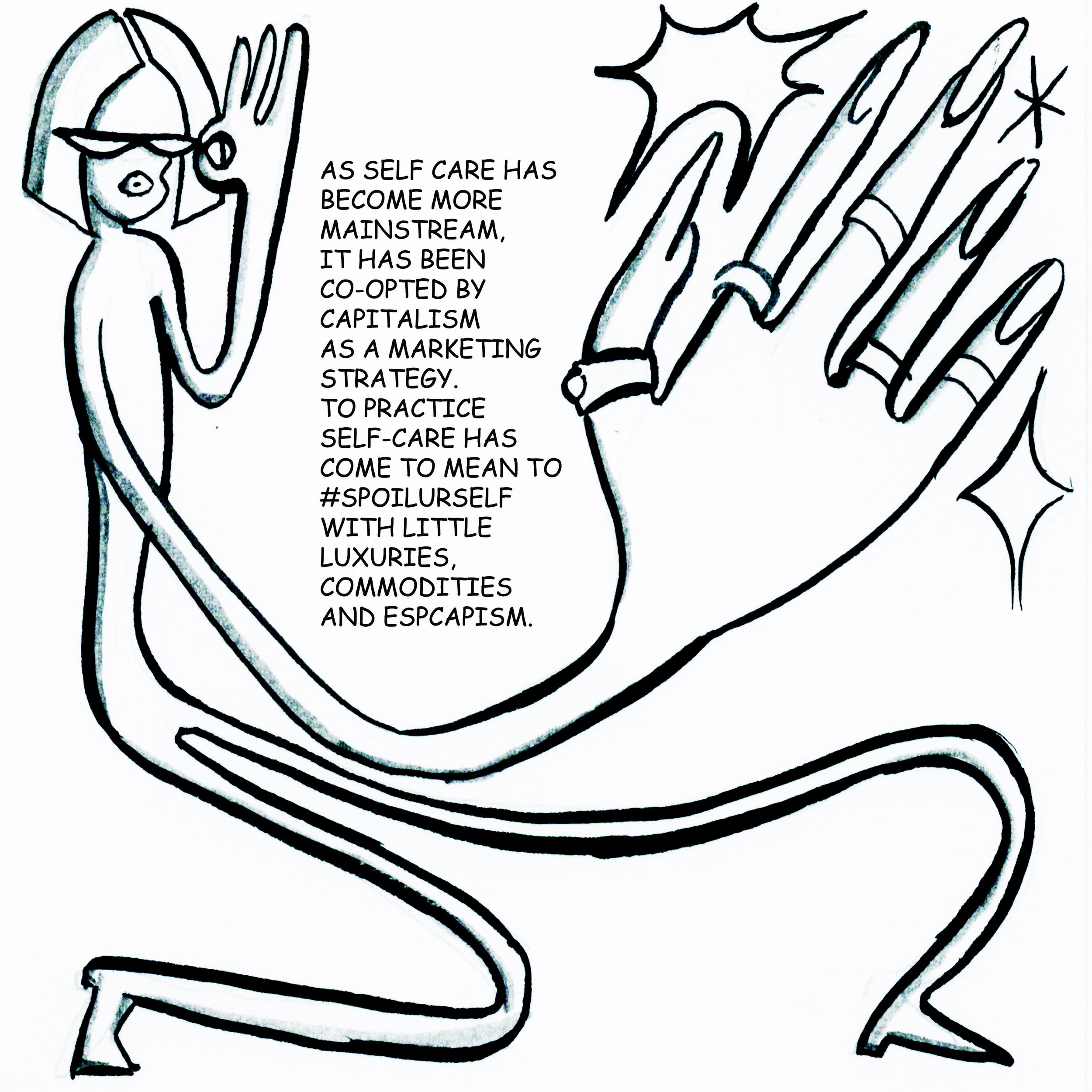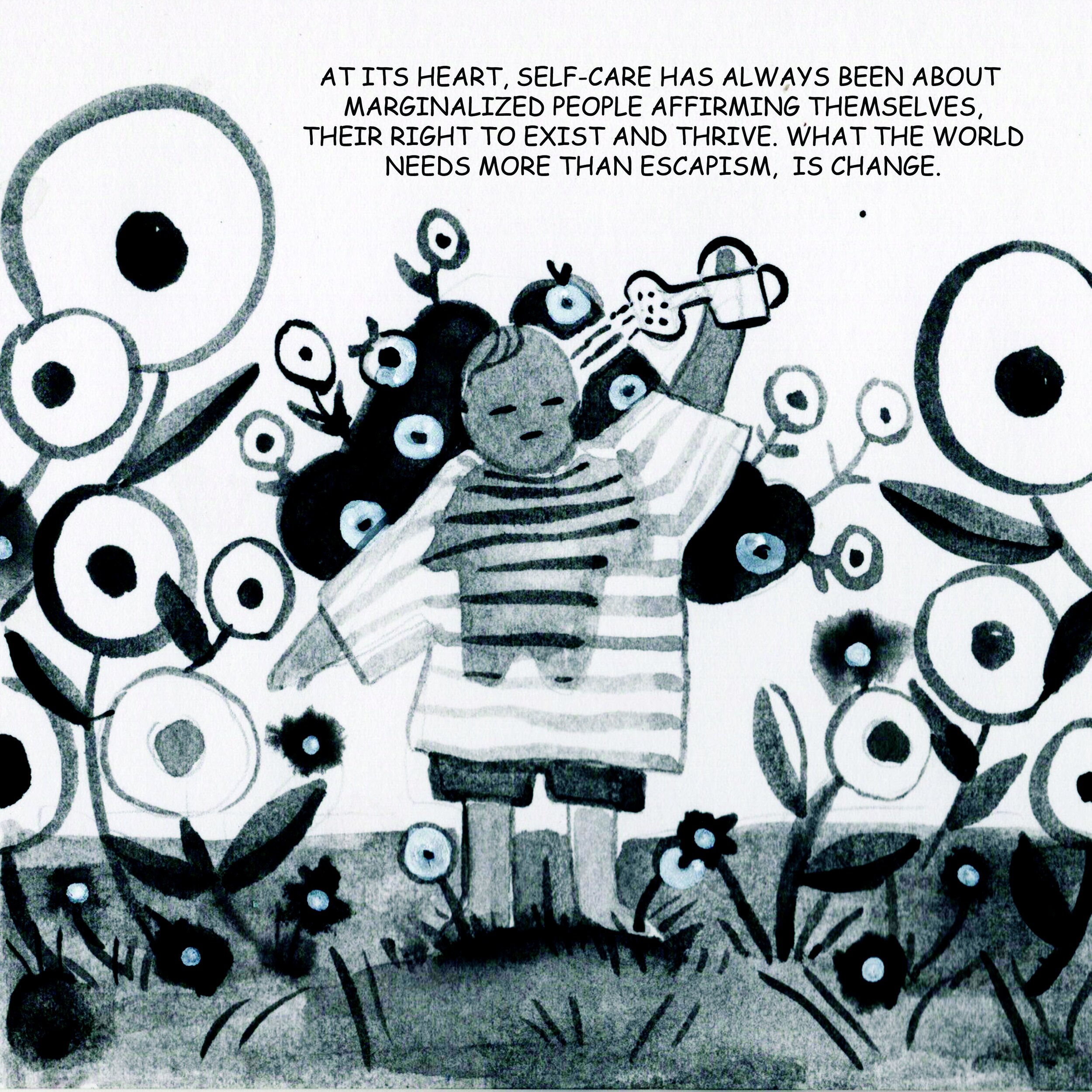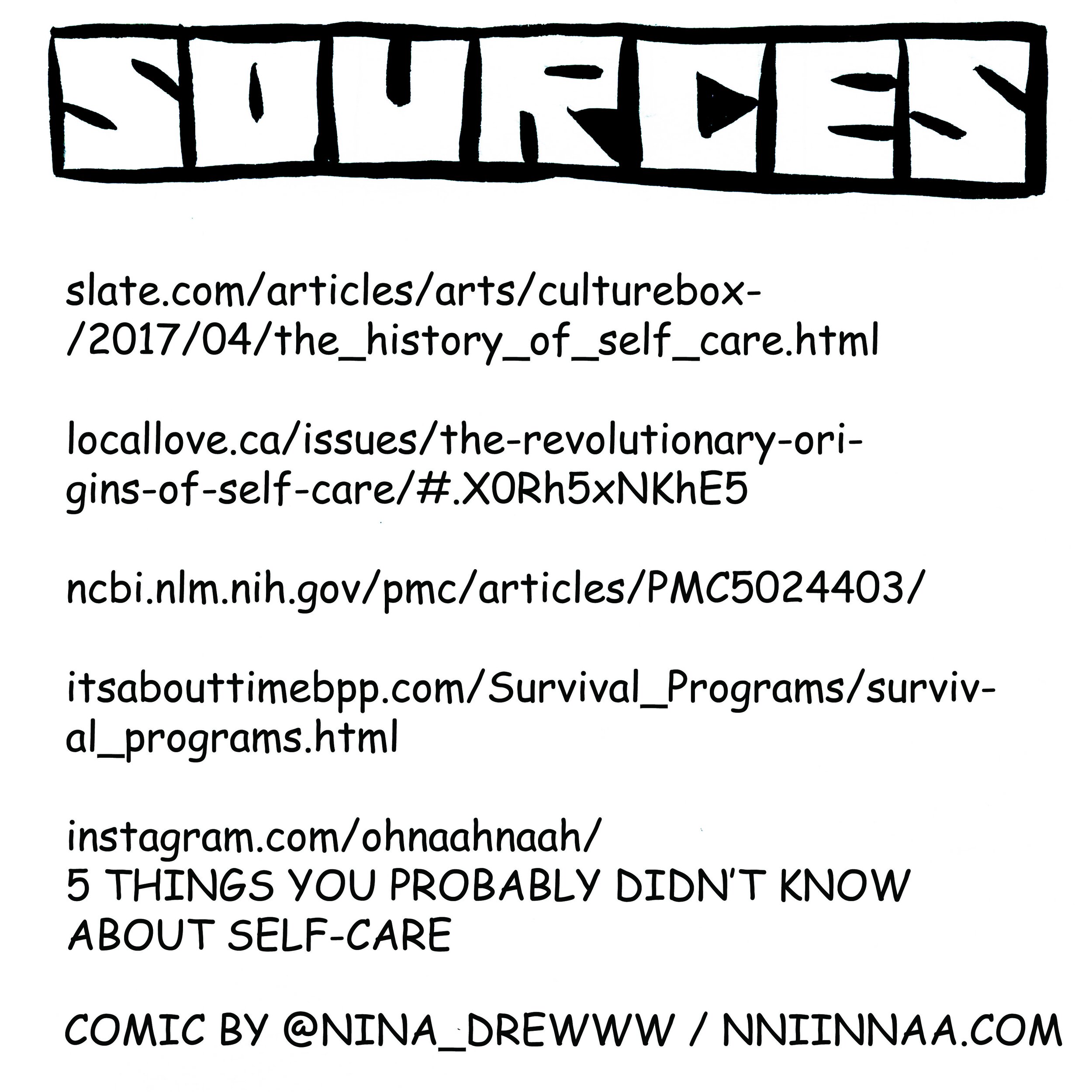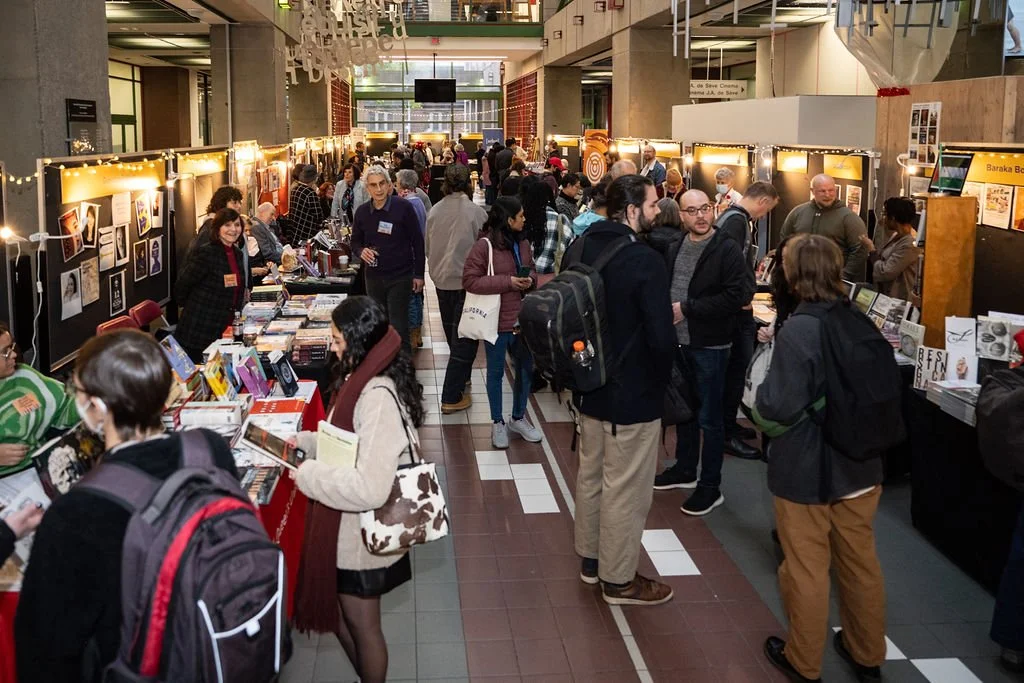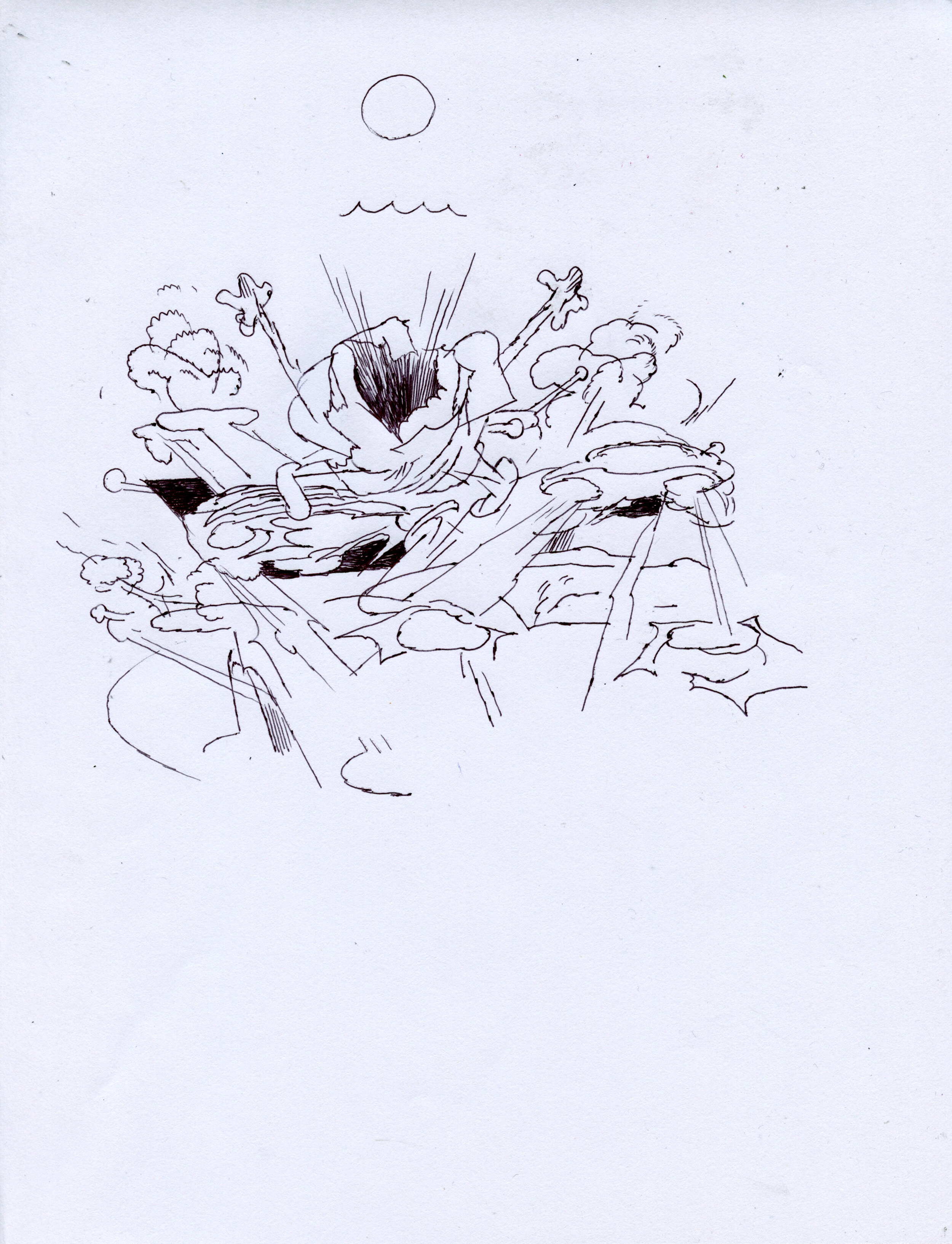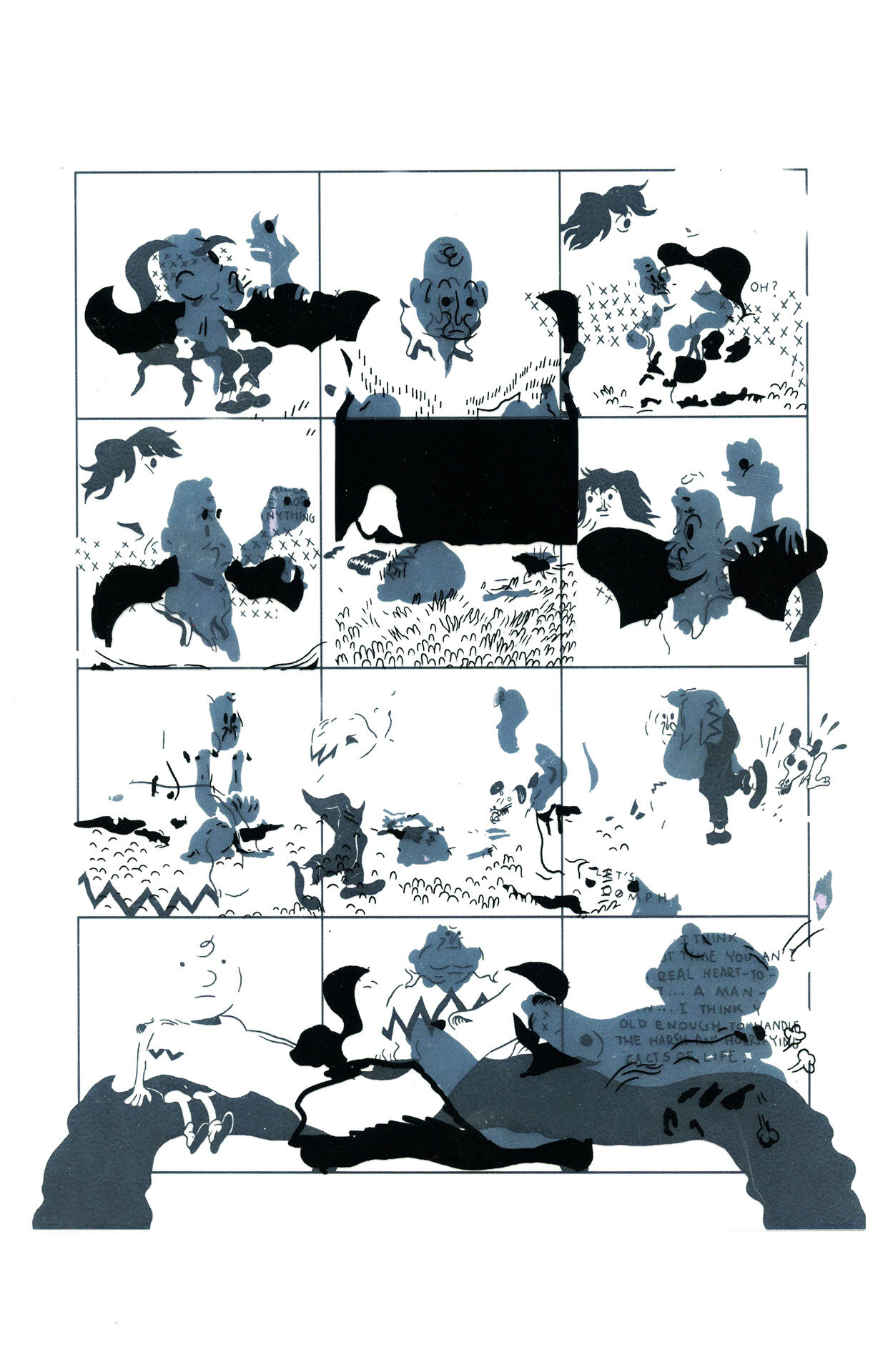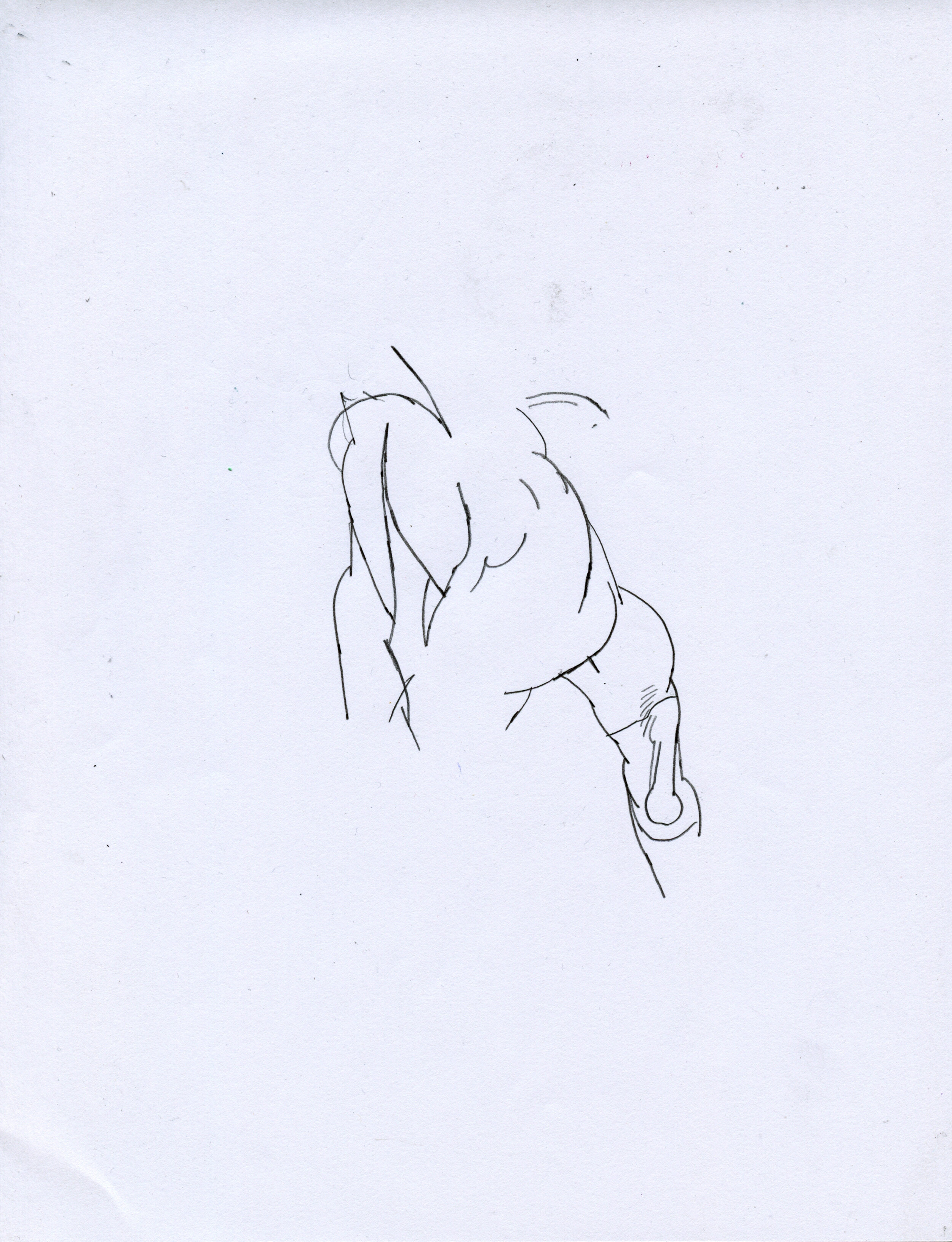Artist Spotlight: Nora Kelly
Nora Kelly Band press photo via Nora Kelly
If anything, Nora Kelly is multi-faceted. She's done everything from painting murals in Mexico City to creating editorial work for the NY Times, not to mention playing rock shows in Montreal as Nora Kelly Band and Dish Pit.
We spoke to Nora about her creative practice, advice for other artists, and more.
via Nora Kelly
Malaika Astorga for Also Cool: How did you first get into visual arts?
Nora Kelly: I was a reclusive teenager, and drawing was something I had control over, could pick up and put down whenever I wanted. I think my continued dedication to art is for similar reasons. I need a lot of alone time, and paintings and drawing are great ways to spend one's time.
Also Cool: Have you always practiced with the same mediums, or has that changed over the years?
Nora: First, I was into drawing. I didn't start painting until I was in university. I was probably the worst painter in my class when I started at Concordia. Now I can't get enough of it.
via Nora Kelly
AC: When did you first start doing murals? What was your experience with the creative scene in Mexico City?
NK: I had always dreamed of being a muralist, but it's kind of a catch-22 getting your foot in the door. No one wants you to paint their wall if you have never done it before, but without any murals to show on your resume, you aren't going to get that first wall.
When I moved to Mexico City in 2017 and a mural company called Street Art Chilango hired me, I was so excited. At first, I was handing spray paint cans to more experienced artists, but eventually, they gave me my first wall. They are a very prestigious company, working with clients like Vans and Ray-Ban, but after 6 months, I quit because I had always been into the democratic quality of street art. I like that it's accessible to anyone walking by, and I didn't want to be involved in painting glorified ads for large corporations. I went door to door, asking smaller businesses in Mexico City if they wanted a mural and have gotten all my work that way since, even in Canada.
AC: Do you have any advice for anyone looking to do more professional / commissioned work as a visual artist but doesn't know where to start?
NK: I'm kind of type-A, but my advice would be to get into spreadsheets. Email 20 people or businesses a day and keep a log of who you're spamming. Eventually, you'll get a hit, I guarantee, and it then it only gets easier from there.
via Nora Kelly
AC: Do you find there's a difference between your commissioned work and the work you make purely for yourself? How do you balance the two?
NK: Definitely. My commissioned work is usually based on pictures and comes out more realistic. When I'm doing something for myself, I tend to work from my imagination and take risks, which keeps the whole process exciting.
AC: What's your creative process like?
NK: I like to walk my dog and come up with ideas. Usually, I paint at night because I stay up late, and it gives me something to do while my roommates are asleep.
via Nora Kelly
AC: Who are some other creatives who inspire you?
NK: The most inspirational people are usually the people closest to me. I have a kind of friendly competition with myself, and seeing the people around me giving it their all makes me want to work harder. In terms of favourite acclaimed painters, I've always been fond of Rousseau, Peter Doig, Hilma af Klint and, of course, Francis Bacon.
Watch Nora Kelly Band's latest music video for their song "Hymn for Agnostics" below.
Nora Kelly
Malaika Astorga is the Co-Founder & Creative Director of Also Cool. She is a Mexican-Canadian visual artist, writer, and social media strategist currently based in Montreal.

